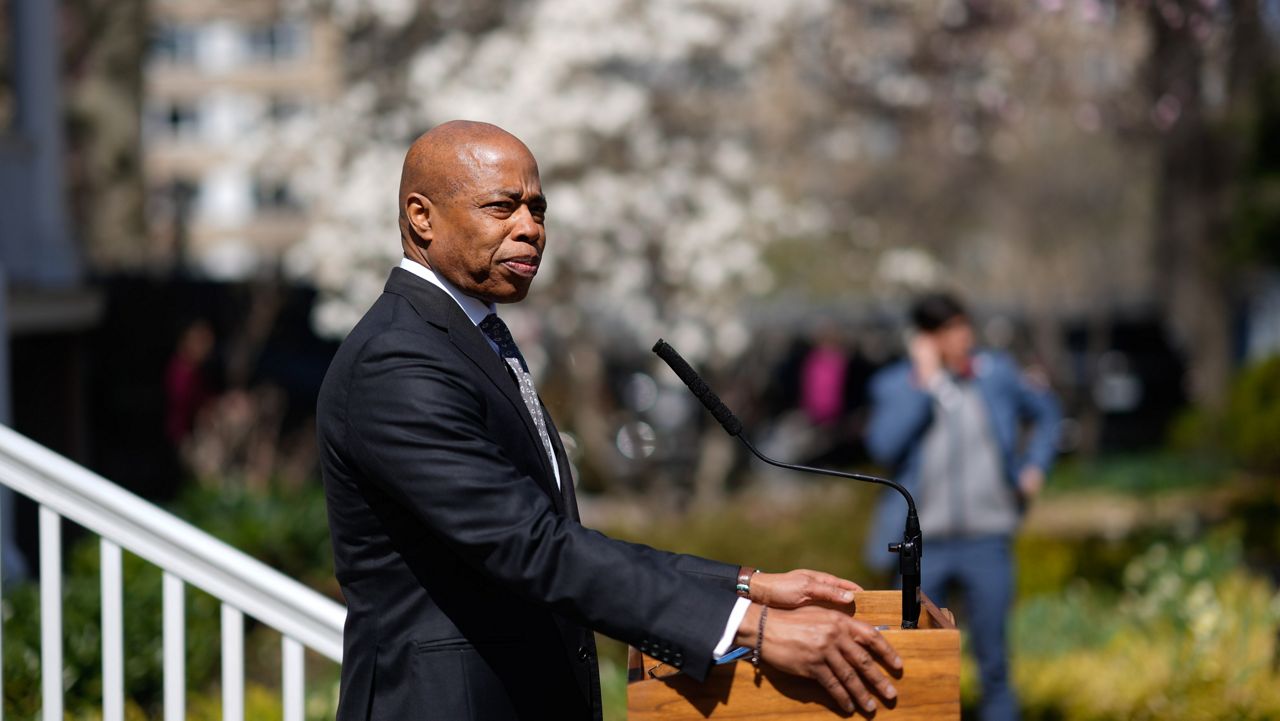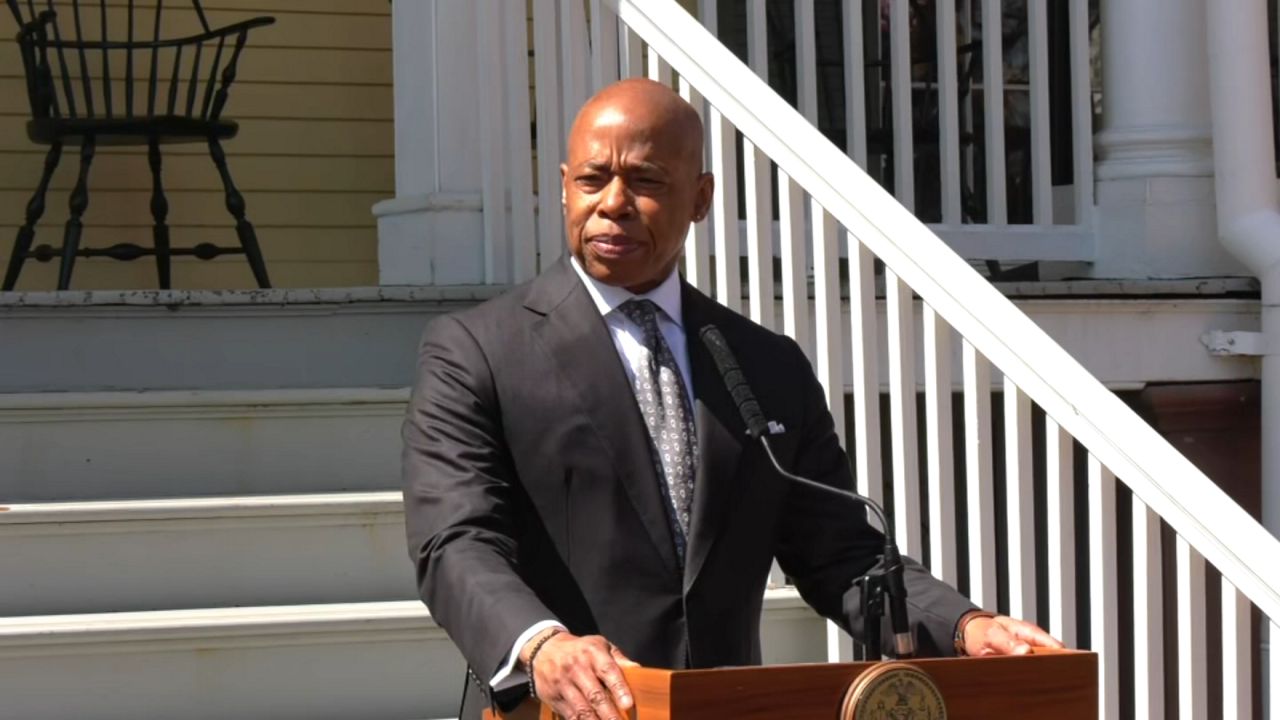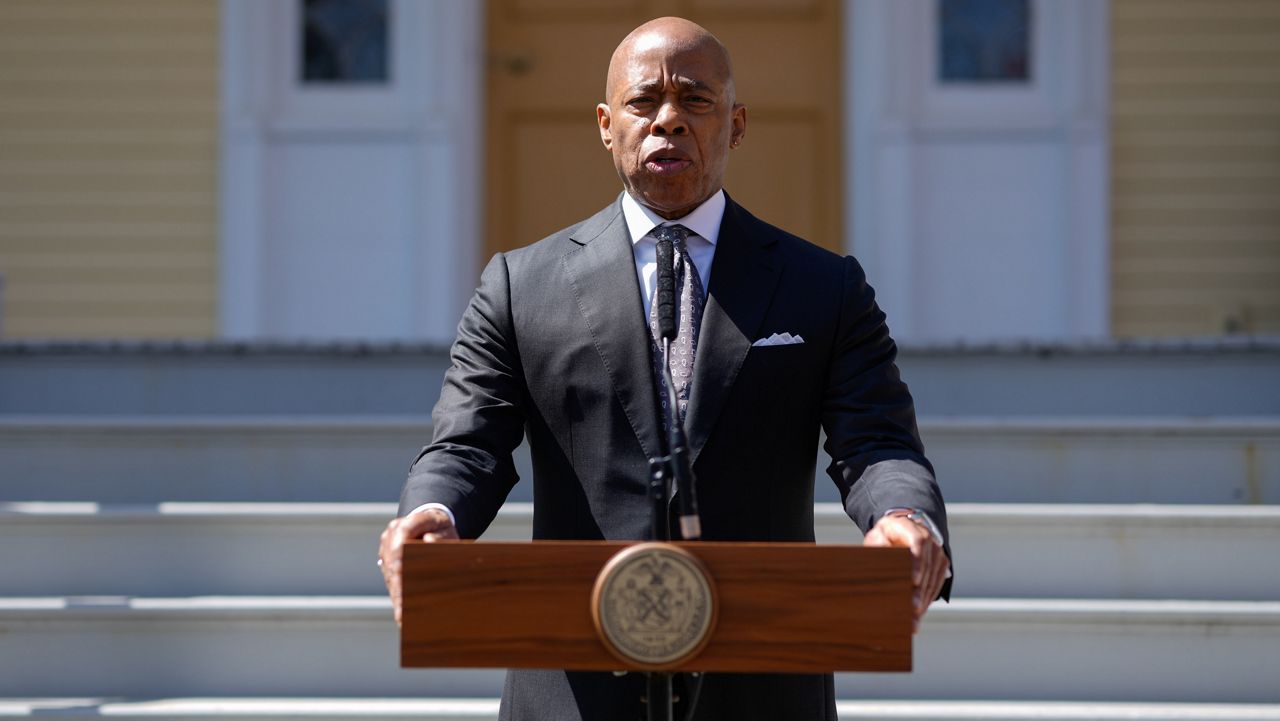Contending with a late budget, state lawmakers are considering changing the pension system that could benefit tens of thousands of state and city government workers.
What You Need To Know
- Supporters say public employees need a better reason to stay in civil service. If someone started a job within the last 12 years, they fall into the Tier 6 category
- The bill’s own financial estimate says it’ll cost state and local governments nearly $400 million annually
- The state’s full-time workforce has shrunk by about 8% since 2007, according to a December 2023 report from state Comptroller Thomas DiNapoli’s office
Supporters say public employees need a better reason to stay in civil service.
“If we want to fix or nix Tier 6, now is the time to do it. It’s time we put our money where our mouths are,” said state Sen. Jack Martins, a Nassau Republican, on the floor of the state Senate Thursday.
“We can’t recruit people for social workers and others, the salary needs to be higher,” added state Sen. Robert Jackson, a Manhattan and Bronx Democrat.
He sponsors a bill that would rollback changes made to the pension system in 2012.
“Tier 6 is a growing problem. And it’s a growing problem, because it’s impacting our ability to be able to recruit and retain public workers,” said state Sen. Andrew Gounardes, a Brooklyn Democrat.
“Public employees know that they are giving up a bit of their potential salary earnings in exchange for the promise of being able to make it in their retirement, right? You don’t become a teacher, because it’s lucrative. You don’t become a police officer, because you’re gonna make tons and tons of money,” he continued.
Retirement benefits depend on when government employees started their job, how much they were paid and how long they worked. Most are eligible by age 63.
If someone started a job within the last 12 years, they fall into the Tier 6 category. They make up over 50% of the public employees retirement system, according to state Comptroller Thomas DiNapoli.
But some, like unions and local leaders, argue their pension deals aren’t as sweet as they once were.
“So right now, under Tier 6, no other tier has this. You have to average the last five final years. Every other pension tier only averages the final three years,” Gounardes said.
The change happened because pension costs exploded in the early 2000s. So, former Gov. Andrew Cuomo approved changes in 2012.
Pension reform advocates argued workers “spiked” final average salaries by working more overtime in final years pre-retirement — costing taxpayers.
“Now, what’s being talked about is modifications to Teir 6, which are both frankly, unaffordable, and unnecessary in the current environment,” Andrew Rein, executive director of the fiscal watchdog, Citizens Budget Commission, told NY1.
The bill’s own financial estimate says if approved, it’ll cost state and local governments nearly $400 million annually.
“New York state is facing a structural budget gap in the future of $16 [billion], probably $20 billion or more when this budget is negotiated,” Rein said.
“The Tier 6 pension reforms that were passed overwhelmingly by the governor and state legislature worked to stabilize the costs for counties, local governments and New York City. Still, pension costs are incredibly high,” Mark LaVigne, spokesman for the New York state Association of Counties (NYSAC), said in a statement to NY1.
Citing state Comptroller data showing $11 billion in local government employer pension costs, LaVigne said although NYSAC is concerned about recruitment and retention, the state must “balance the needs of our governments, employees and taxpayers.”
“While we have not seen the specifics of potential new pension reforms, changes to Tier 6 have been estimated to cost between tens to hundreds of millions of dollars for all levels of government in New York State. In many ways, we are tied to the governor and state government. When their pension costs go up, ours will too, and we need to make sure that taxpayer needs and voices are heard during these negotiations,” he added.
But supporters like Gounardes say it’s hard to attract and retain workers.
“For folks that think that this is too expensive, imagine the consequences if you call 911 and there’s no ambulance to come to your house, because there’s no one left to work those jobs. Simple as that. Imagine trying to send your kids to school, and [there’s] no teachers left to teach,” he argued.
The state’s full-time workforce has shrunk by about 8% since 2007, according to a December 2023 report from DiNapoli’s office. It points directly to the 2008 recession and recent pandemic.
Although a spokesperson for Gov. Kathy Hochul would not comment on the specifics of the legislation, there is support in the Democratic-controlled state legislature.









